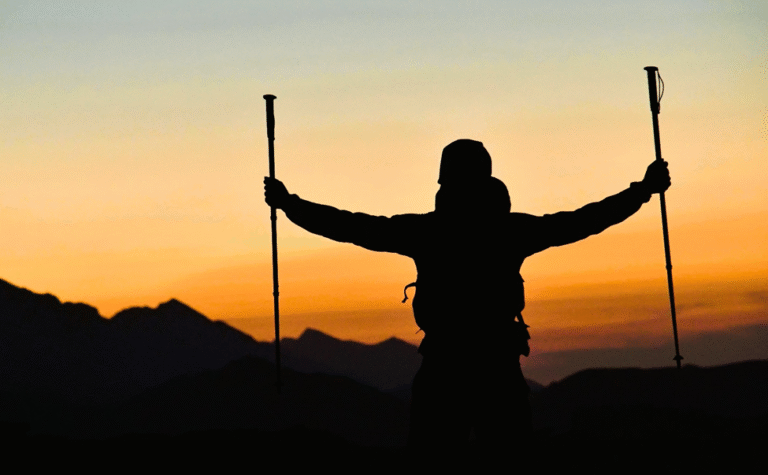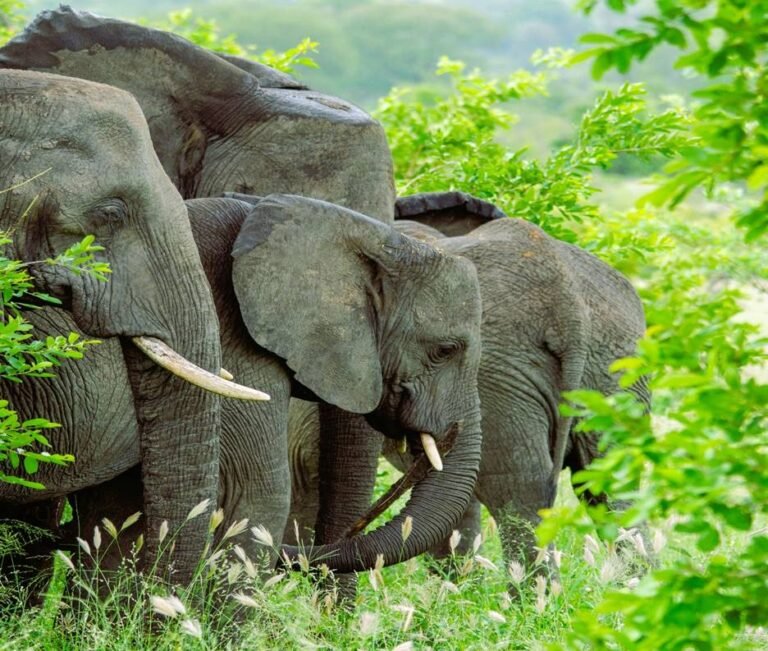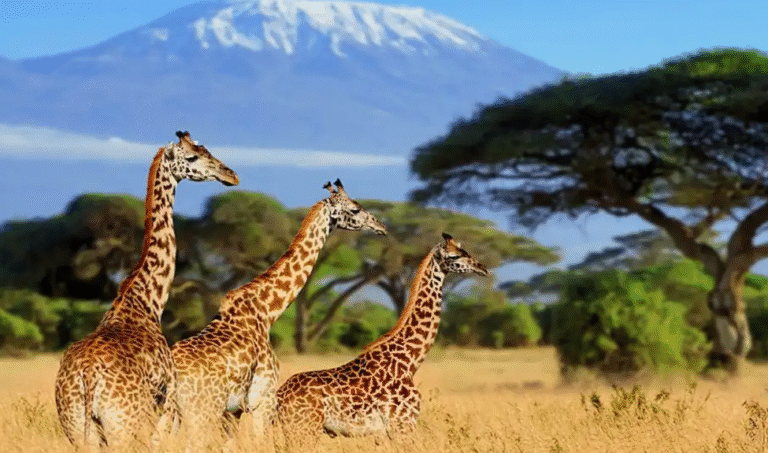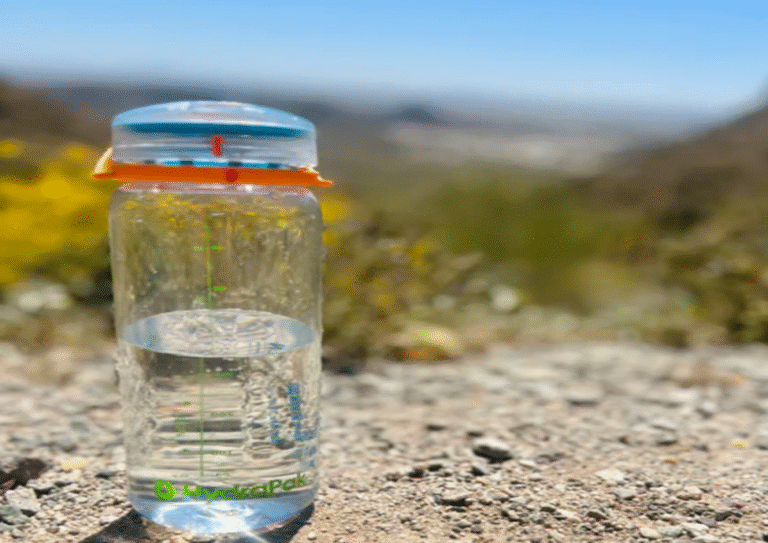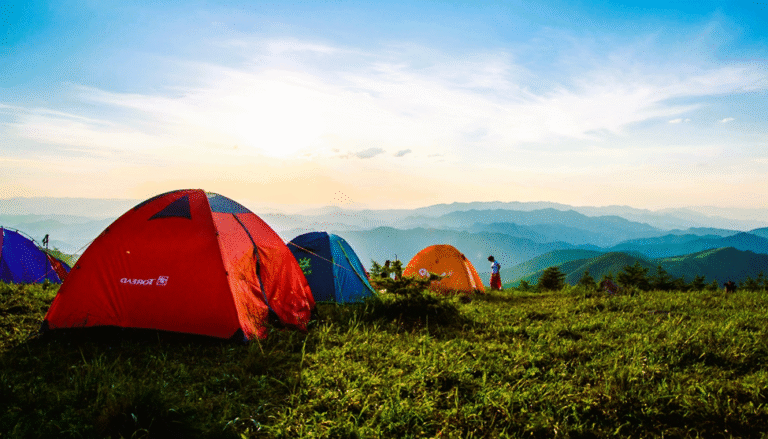
How to Practice Leave No Trace Principles
Nature lovers should follow Leave No Trace to protect the outdoors. This helps everyone enjoy nature and keeps it safe. Let’s review each Leave No Trace rule and how to use them.
1. Prepare and Make a Plan
Making plans in advance helps save the environment and avoid mishaps. Before you travel, learn about the regulations, the weather, and the location. Bring only what you need and pack lightly. Look for campsites and trails on maps. Use reusable containers and authorized trails in accordance with Leave No Trace. Measure food in advance to reduce waste. A scheduled hike is more environmentally friendly and safer.
2. Travel and Camp on Durable Surfaces
Always stay on trails to follow Leave No Trace. Going off-trail harms plants and soil. Avoid muddy areas.
When camping, pick durable spots like rocks or dry grass, and stay 200 feet from water. Use campsites in busy areas and leave them as you found them. This keeps nature safe for all.
3. Dispose of Waste Properly
“Pack it in, pack it out” is a key Leave No Trace rule. Bring everything back with you, including food scraps, wrappers, and personal items. Even fruit peels can harm nature.
For human waste, follow local rules. Some areas need waste bags, while others have toilets. In remote spots, dig a 6-8 inch deep “cathole” and cover it well. Stay at least 200 feet from water to prevent pollution.
Always pack out toilet paper and hygiene products in a sealed bag. Dispose of them properly when back. Proper waste disposal is a big part of hiking responsibly and following Leave No Trace.
4. Don’t Keep What You Find
When we leave nature alone, it remains healthy. Don’t pluck flowers or rocks so that other people can enjoy them as well.
Observe animals and plants without disturbing them. Avoid building structures that can harm the environment, such as seats or shelters. Leave historical and cultural items where you find them.
Instead of collecting mementos, take photographs. Take photos to remember your trip without harming the environment. Children should be taught to leave things alone and to practice Leave No Trace, especially when hiking.
5. Reduce the Effect of Campfires
Campfires can hurt nature if not done safely. Leave No Trace by following fire rules. Some areas don’t allow fires because of wildfire risks.
Use a camp stove instead—it’s safer and better. If you make a fire, use a fire ring. Burn only small, dead wood. Never cut live trees.
Before you leave, put out your fire completely. Pour water on it and mix the ashes until they are cool. In areas where fires are risky, skip the fire and use lanterns or battery lights instead.
6. Respect Wildlife
Leave No Trace means staying a safe distance from wildlife and never feeding animals because it harms them.
Keep food and trash secure by hanging it from trees or using bear-proof containers to avoid attracting animals.
Avoid nesting and breeding areas to protect wildlife. Use a camera or binoculars to watch animals while hiking.
7. Show Consideration for Other Guests
Everyone may enjoy nature more when others are respected. Reduce the amount of noise. Refrain from generating extra noise or playing loud music.
On paths, give way to other people. Uphill hikers have the right-of-way. Horses and walkers should take precedence over cyclists. Everyone is kept protected by these minor acts.
If you’re camping, try to set up far from other people. Everyone has personal space as a result. Pets should be kept under control, particularly in wildlife-rich areas.
To leave no evidence of your stay, tidy up after yourself. This includes clearing out trash, taking equipment out, and cleaning up the area.

Following Leave No Trace helps protect nature for future generations. These easy steps lower our impact when camping, hiking, or exploring. Every small action count because we all share the environment. By following Leave No Trace, your outdoor trips won’t harm nature, and the earth will be healthier.
FAQ’s
- What is the main purpose of Leave No Trace principles?
- What should I do with my trash in the outdoors?
- Can I collect rocks, plants, or souvenirs from nature?
- Is it okay to build a campfire in all outdoor areas?
- How can I safely observe wildlife without disturbing it?

